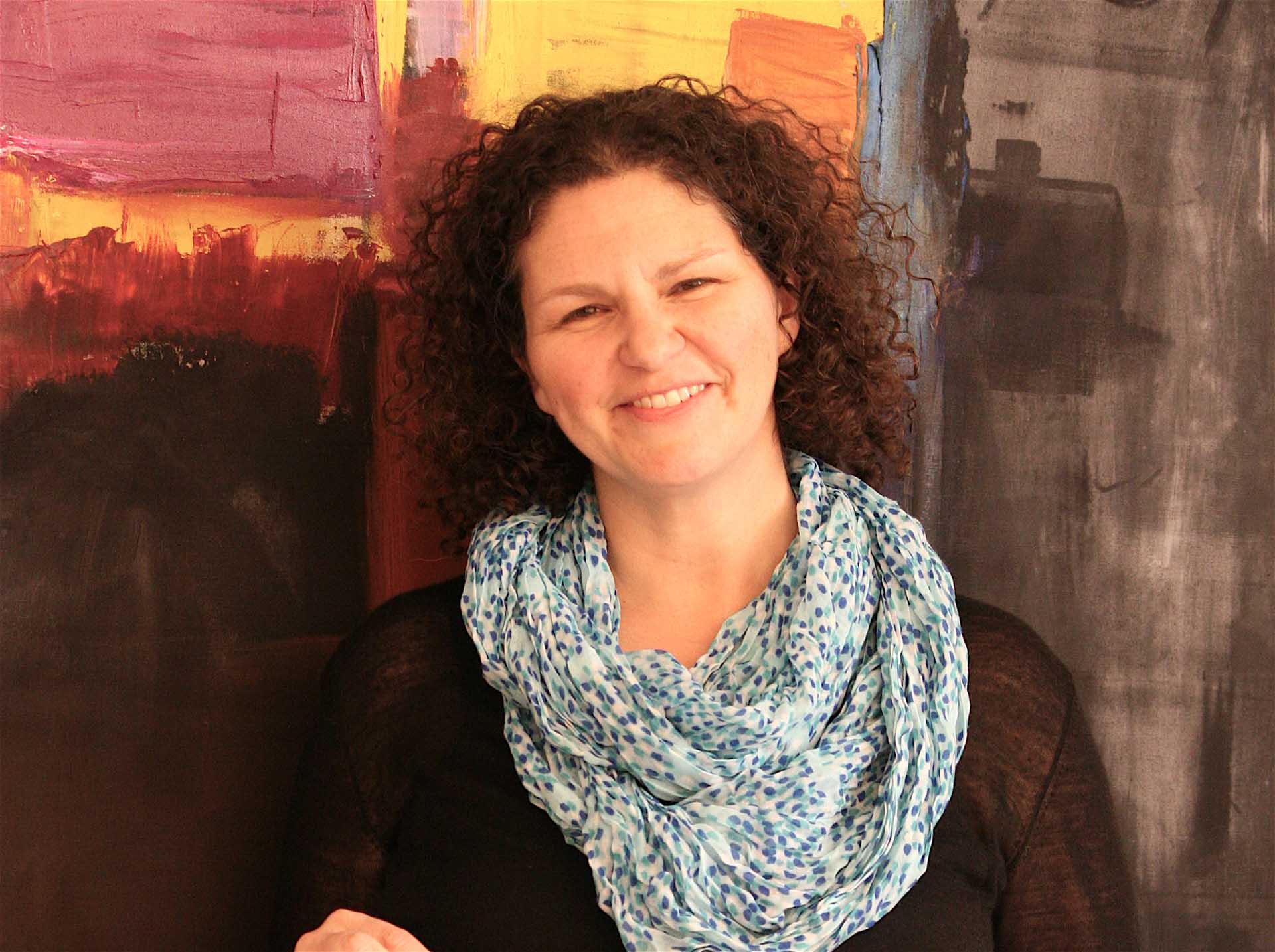Poor neighborhoods in St. Louis have less access to condoms, SLU research shows
ST. LOUIS - Do condom deserts exist in Saint Louis? Enbal Shacham, Ph.D., associate professor of behavioral science and health education at Saint Louis University, set out to answer this question in a recently published paper, "Geographic Variation in Condom Availability and Accessibility."
 What she and her co-authors found is there are far fewer stores in the south of the
city, and therefore, fewer condoms available. "Stores matter," Shacham summarizes.
What she and her co-authors found is there are far fewer stores in the south of the
city, and therefore, fewer condoms available. "Stores matter," Shacham summarizes.
When the SLU researchers looked at where the condoms were sold in the store and what types of options were available, they found that the condoms were:
- Overwhelmingly, sold behind-the-counter
- Expensive, costing $1.25 each on average, and sold individually
- Limited in brand choice
"Condoms are yet another health resource that are limited in poor neighborhoods," says Shacham, adding that it would be an interesting to further investigate the relationship between condom availability and social norms. "If you see condoms in your neighborhood, in your local convenience stores, are you more likely to use them?"
The study was based on a telephone audit and geospatial analysis of nearly 1,300 stores—gas stations, liquor stores, convenience stores, grocery stores, pharmacies and others—in St. Louis City.
The authors suggest increasing choice and removing barriers — such as cost per condom by selling larger packs and placing condoms in more reachable locations to reduce embarrassment with asking employees for condoms — are likely to have greater impact at preventing sexually transmitted infections with regions of low condom access.
Shacham co-authored the paper with Erik Nelson, Ph.D., post-doctoral fellow in Epidemiology and Biostatistics; Lauren Schulte, Master of Public Health candidate; Mark Bloomfield, adjunct faculty of Environmental Health; and Ryan Murphy, adjunct faculty of Environmental Health at Saint Louis University's College for Public Health and Social Justice. It was published in the April issue of AIDS and Behavior.
##
CPHSJ Communications
Published: July 15, 2016